SGGP
Thanks to EyeDr software (developed by doctors at Ho Chi Minh City Eye Hospital), early glaucoma screening has become easier, faster and more accurate. This is the first artificial intelligence solution applied to the practice of Vietnam's ophthalmology industry.
The disease can cause blindness.
According to the World Health Organization (WHO), glaucoma (also known as cataract or pterygium) is an optic neuropathy that causes irreversible blindness. There are about 80 million people with the disease worldwide (in 2020), and ophthalmologists predict that there will be 111.8 million patients by 2040. There is currently no complete cure.
In Vietnam, statistics from the Central Eye Institute show that there are over 380,000 people who are blind in both eyes, of which over 24,000 are blind due to glaucoma (accounting for 65% and second only to cataracts). Most glaucoma patients do not realize they have the disease until their eyes are in a severe state, affecting their central vision.
An alarming issue is that people arbitrarily use eye drops without a doctor's prescription, which can cause glaucoma due to prolonged use of glucocorticoids (an anti-inflammatory drug prescribed for many different diseases). Eye drops on the market also contain steroids to treat itching, dry eyes, and conjunctivitis. If these drugs are used for a long time, the eyes can develop glaucoma.
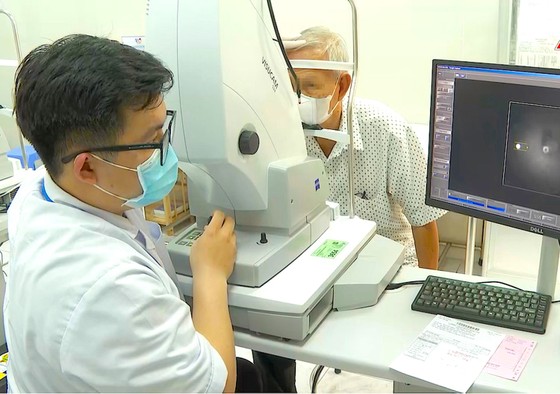 |
Doctor of Diagnostic Imaging Department, Ho Chi Minh City Eye Hospital, takes color photos of the patient's optic disc using EyeDr software |
Dr. Trang Thanh Nghiep, Head of the Glaucoma Department, Ho Chi Minh City Eye Hospital, said that the leading cause of glaucoma is the accumulation of a quantity of water (aqueous humor) that does not escape from the eye, increasing the pressure in the eye. Normally, when a quantity of water escapes from the eye and is replaced by a new quantity of water, which the eye produces continuously, however, when there is a risk of glaucoma, the angle drainage is not stable, the amount of water produced will be retained in the eye, gradually accumulating, increasing the pressure on the optic nerve. The optic nerve fibers begin to die due to increased pressure and over time, all nerve fibers die, causing complete blindness.
Diagnosing diseases… without a doctor
Currently, the rate of glaucoma detection in our country is still low due to the lack of timely and appropriate screening methods, especially the application of artificial intelligence. Faced with this reality, Dr. Pham Thi Thuy Tien, Head of Quality Management Department, Ho Chi Minh City Eye Hospital, and colleagues conducted research to create the solution "Glaucoma screening by taking color photos of the optic disc with EyeDr artificial intelligence software". The EyeDr software developed by the research team consists of two main components, including a machine learning system and screening support software.
The machine learning system is integrated into the cloud computing platform, collecting the intelligence of experts who are leading ophthalmologists in the country in glaucoma, creating a system capable of recognizing and classifying glaucoma on color images of the optic disc. This system operates continuously 24/7 and is responsible for responding to the results of the screening support software system.
Screening support software is a set of tools built on multiple platforms, allowing the full implementation of the disease screening process at the hospital; with functions ranging from patient admission, exploitation of vital signs, medical image management, disease survey on images to statistical reporting.
In particular; the disease survey function on images is a powerful tool to help doctors survey the characteristics of glaucoma on color images of the optic disc, including: automatically identifying and delineating the glaucoma characteristic area by color, specifically displaying the indicators and factors related to the disease, thereby suggesting a diagnosis and classifying the disease according to its level; at the same time, giving suggestions and recommendations on what health care steps the patient should take next.
The EyeDr solution was approved by the Ho Chi Minh City Council of Science and Technology and the Medical Ethics Council of Ho Chi Minh City Eye Hospital, allowing it to be put into practical application at the hospital in March with over 110 people being screened. Clinical results showed that the measurement achieved 95% reliability, 95.52% sensitivity on a data set of more than 2,000 experimental images, and the average execution time on a color image of the optic disc was about 8-12 seconds.
“This application is much faster than the 45 seconds it takes for an ophthalmologist specializing in glaucoma to examine a patient, or 6-8 minutes for a regular ophthalmologist. Medical centers and hospitals only need to equip themselves with EyeDr software to be able to screen patients for glaucoma early without the direct presence of an ophthalmologist specializing in glaucoma,” said Dr. Pham Thi Thuy Tien.
Source


![[Photo] Air Force actively practices for the April 30th celebration](https://vstatic.vietnam.vn/vietnam/resource/IMAGE/2025/4/15/16fdec3e42734691954b853c00a7ce01)
![[Photo] General Secretary To Lam meets with veteran revolutionary cadres, meritorious people, and exemplary policy families](https://vstatic.vietnam.vn/vietnam/resource/IMAGE/2025/4/15/7363ba75eb3c4a9e8241b65163176f63)

![[Photo] National Assembly Chairman Tran Thanh Man attends the summary of the organization of the Conference of the Executive Committee of the Francophone Parliamentary Union](https://vstatic.vietnam.vn/vietnam/resource/IMAGE/2025/4/15/fe022fef73d0431ab6cfc1570af598ac)
![[Photo] Ho Chi Minh City after 50 years of national reunification through buildings and symbols](https://vstatic.vietnam.vn/vietnam/resource/IMAGE/2025/4/15/a224d0b8e489457f889bdb1eee7fa7b4)
![[Photo] Welcoming ceremony for Prime Minister of the Federal Democratic Republic of Ethiopia Abiy Ahmed Ali and his wife](https://vstatic.vietnam.vn/vietnam/resource/IMAGE/2025/4/15/77c08dcbe52c42e2ac01c322fe86e78b)


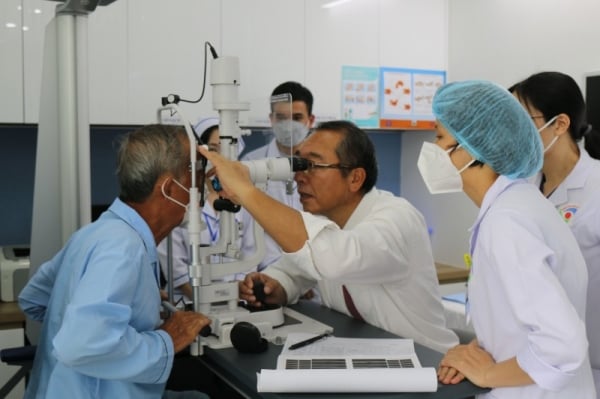

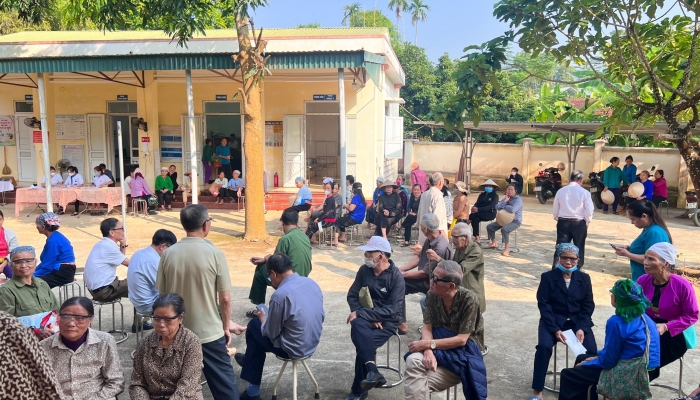

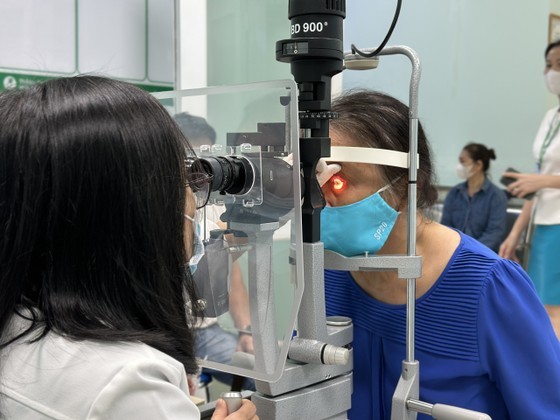
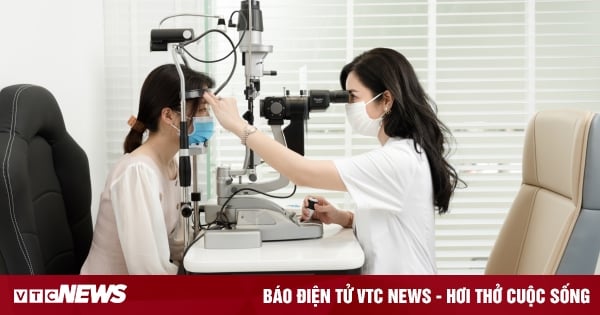





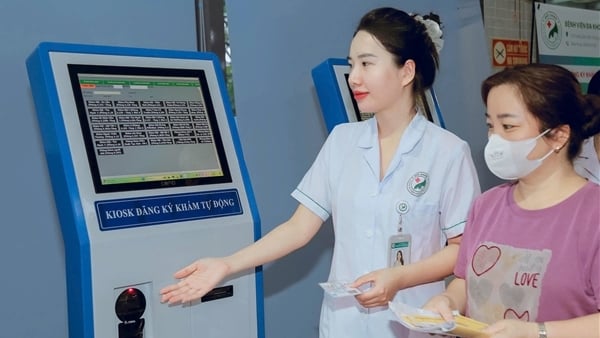








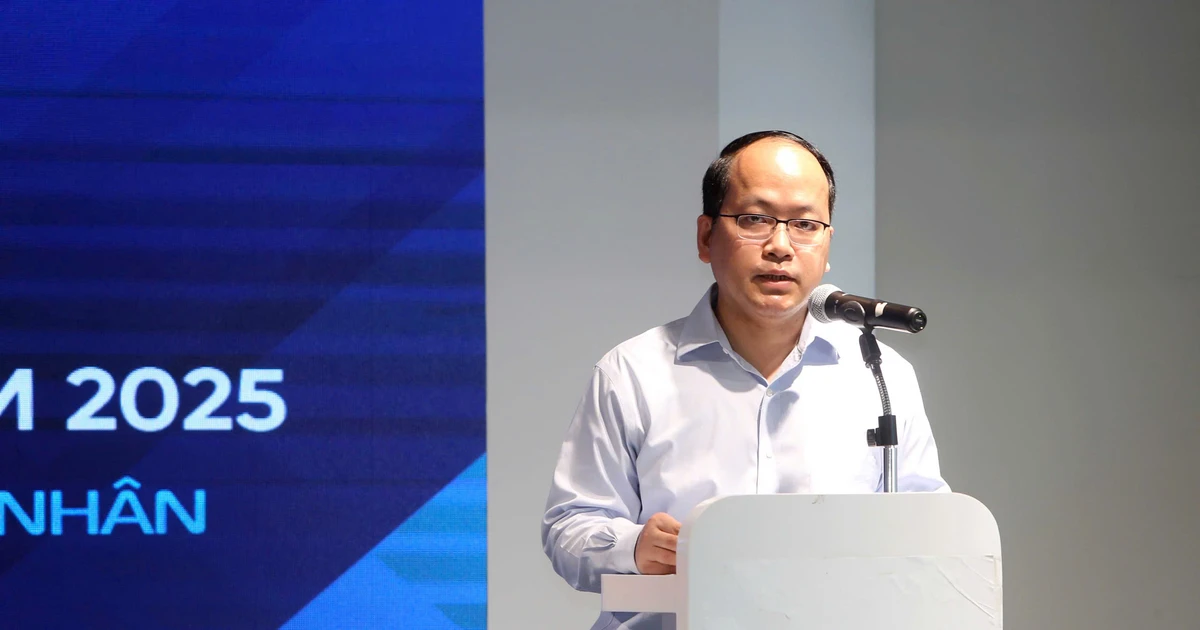






















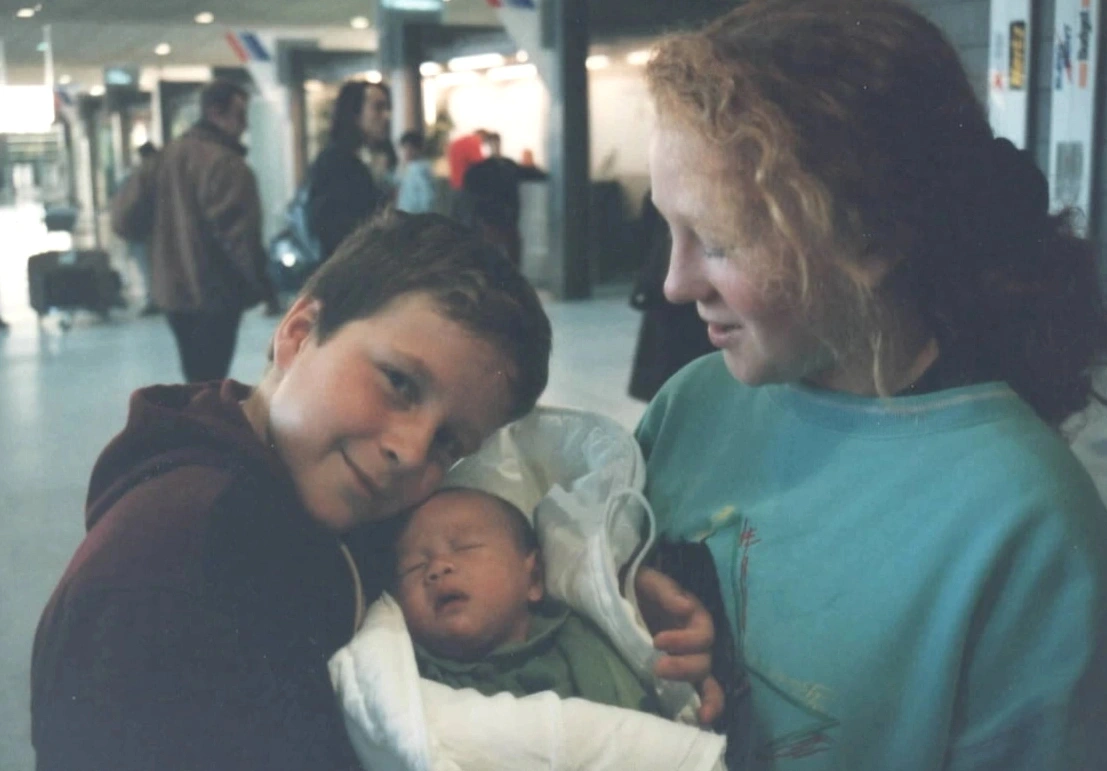































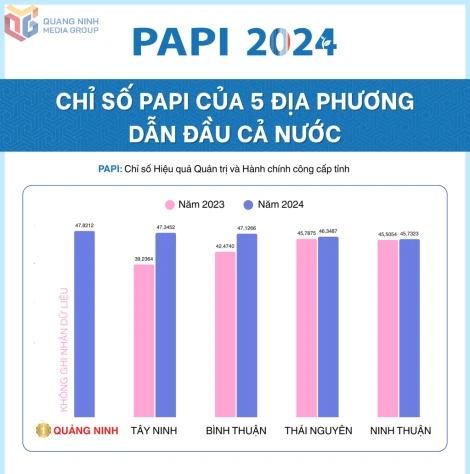












Comment (0)